Buying guide: Best water bottles and isothermal bottles.
There are so many to choose from, it’s hard to find your way around. Sherlock offers you 3 sustainable choices for a buyitforlife isothermal bottle.
To understand all our criteria, read our FAQ at the bottom of the page.
Our selection of buyitforlife isothermal water bottles:
Zojirushi 480mlbottleMastered design, better heat retention
Zojirushi water bottles keep coffee hot long after the lunch break. Add the brand’s know-how and perfectionist innovations, such as thetwo-stage opening that prevents splashing with hot drinks, and you’ve got a bluffing result. Sherlock validates. Read our full review.
Yeti Rambler 532mlMinimalist bottle
If Zojirushi didn’t make water bottles, Yeti would surely have taken first place, as we were won over by its simplicity and practicality. Washable in 10 seconds, dishwasher-safe and sturdy enough to take a beating. If you don’t mind the slightly heavy weight, give it a try! Read our full review.
Hydro Flask 620mlAreal chameleon!
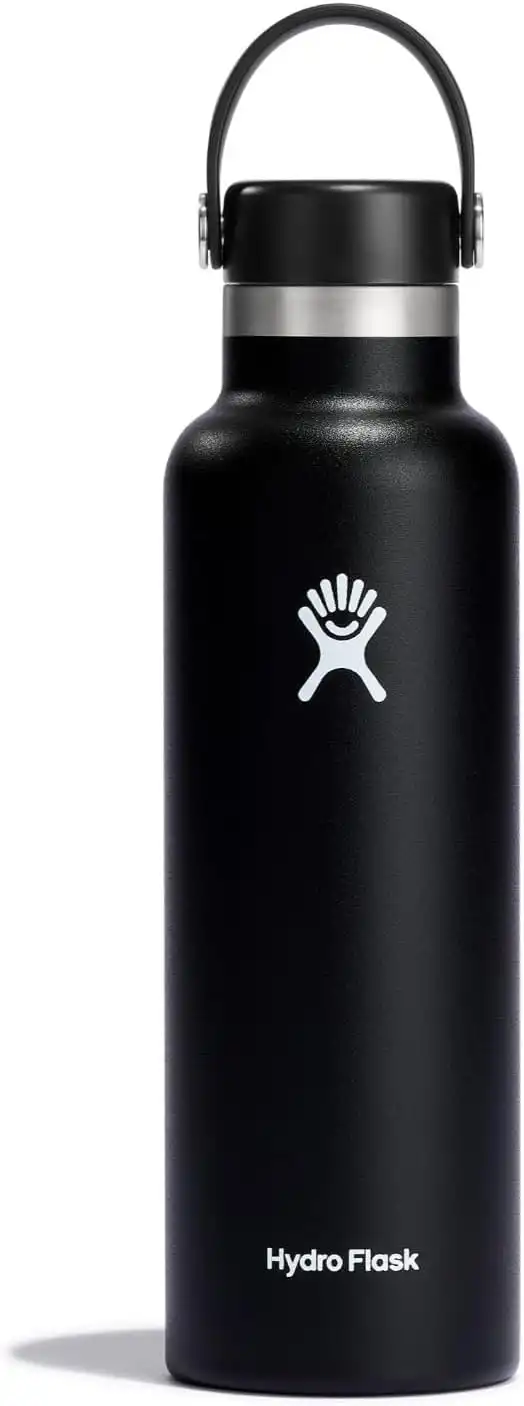
Hydro Flask fans are numerous, and not without good reason. I can’t see any real flaws, and if the competition weren’t so fierce, I’d recommend it with my eyes closed. At the end of the day, it’s a question of priorities, and that’s why we’ve put together this buying guide. Read our full review.
Brands in competition:
Zojirushi: Innovative design and superior temperature retention.
Yeti: true to its outdoor vocation, simple, robust and reliable.
Hydro Flask: a balanced design and more than one string to its bow thanks to a wide choice of caps.
Why the Zojirushi isothermal water bottle is number 1 in our comparison:
- advanced thermal insulation technology.
- cap innovations: safety, 2-stage opening, smooth flow.
- incredible weight and dimensions: I had to check the featherweight of 240 grams over and over again!
FAQ: Frequently asked questions
Durable materials: We won’t go into detail here. We hate plastic (even if it’s sometimes indispensable), and glass breaks. As is often the case, the right choice is stainless steel. I’ll let you guess the main material of our three candidates: 18/8 stainless steel.
Size and capacity: We chose 600ml, which we feel is a good compromise, providing sufficient capacity and ensuring a water bottle that will fit easily in your bag, side pocket or hand. Of course, you’re free to choose differently.
Cleaning : there’s nothing worse than an everyday object that makes you sigh when you have to clean it. All three bottles in our comparison are easy to clean, although the Yeti Rambler insulated bottle takes the cake.
Weight : all three bottles are light, but at the risk of surprising radon fans, it’s the Zojirushi model, though classified as “urban”, that proves to be the lightweight champion!
The simplicity of Yeti’s chug cap is really pleasing, cleaning is very quick and you can’t fault it for anything. Including the handle on the cap is a great idea. Other choices are available, but the default cap seems to us to be the best.
The cap on Zojirushi bottles is simply exemplary, especially in everyday use. The two-stage opening prevents hot drinks from splashing out, and the spout system makes drinking or pouring perfectly smooth. In short, we’re a fan.
We use the terms “gourd” and “bottle” interchangeably, so please excuse us if you’re a fan of etymology.
A stainless steel isothermal bottle has a long service life.
It’s a choice that’s both economical and ecological, with positive consequences for your health: fresh, healthy water, more regular hydration because it’s always available.
The most important feature when choosing an isothermal water bottle: heat retention (it works even better in cold weather).
Your drink still warm at the end of your lunch break?
Zojirushi bottles have superior heat retention. This may seem like a detail, but it’s not. If you look closely at the graph below, you’ll see that the Hydro Flask and Yeti bottles won’t guarantee you a hot cup of coffee at the end of your lunch break, especially if you’ve had the misfortune of opening the cap in the morning. The Zojirushi bottle , on the other hand, is capable of keeping an early-morning cup of coffee fresh until around 3 p.m. *!
* coffee prepared at 6 a.m. at a temperature of around 95 degrees Celsius, drinking temperature between 65 and 55 degrees Celsius.
The graph below shows that the Zojirushi model makes all the difference.
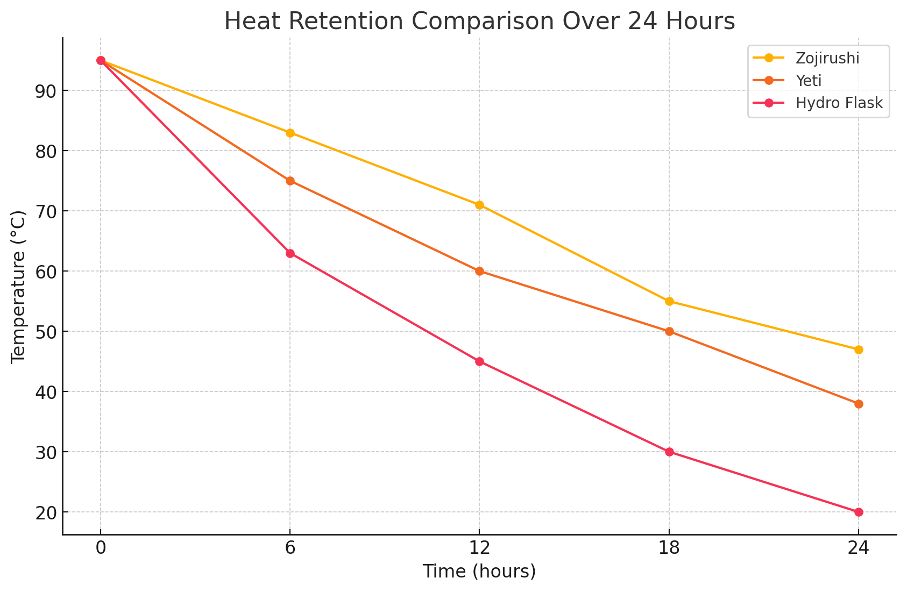
Data extrapolated from 2024 manufacturer data using an algorithm.



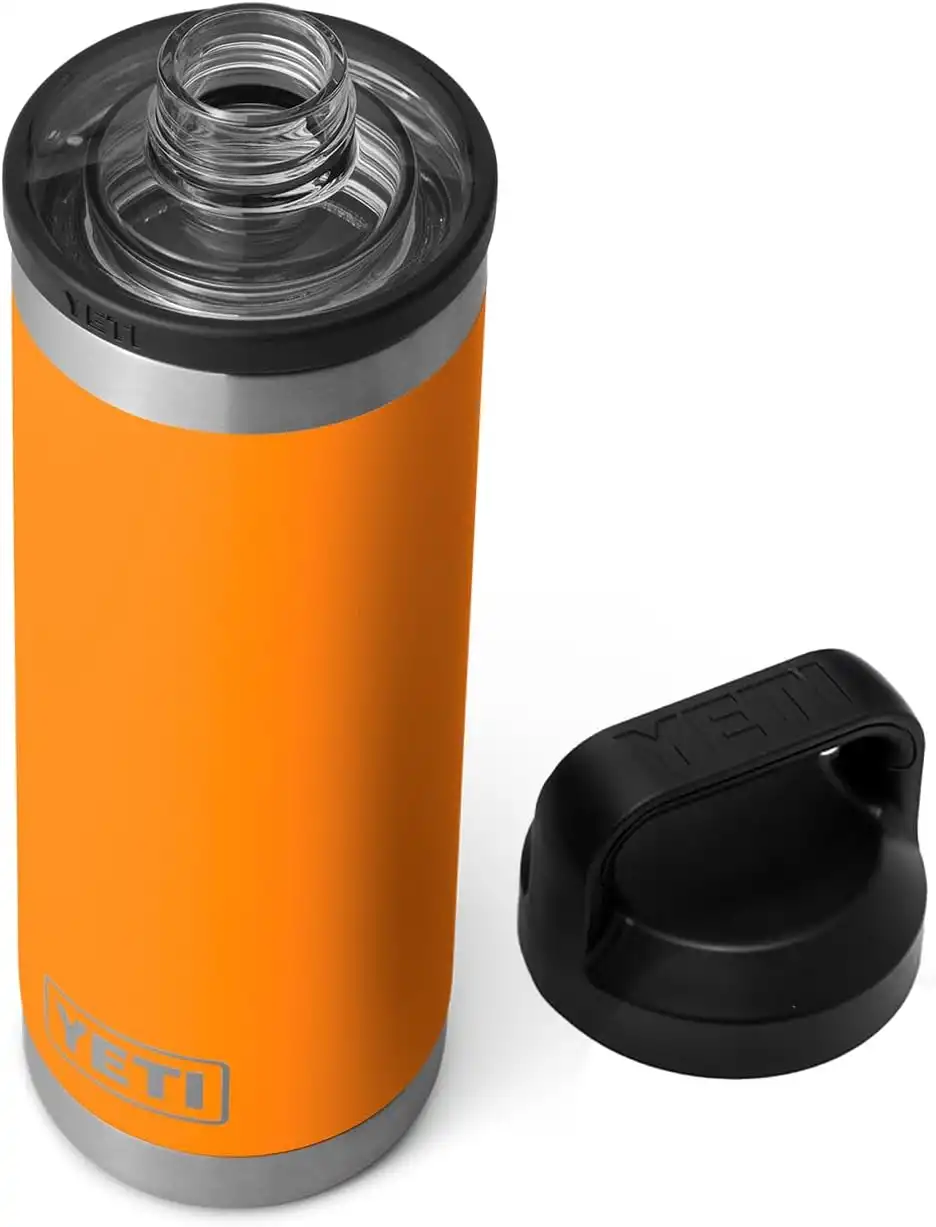
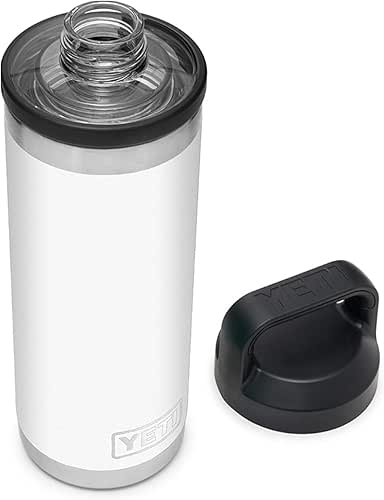
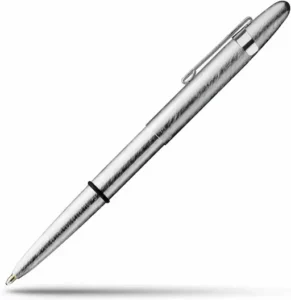
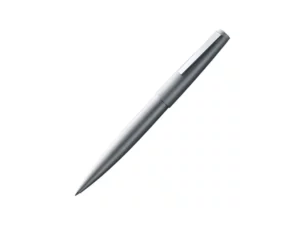
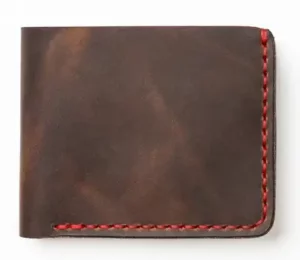
Leave a Reply